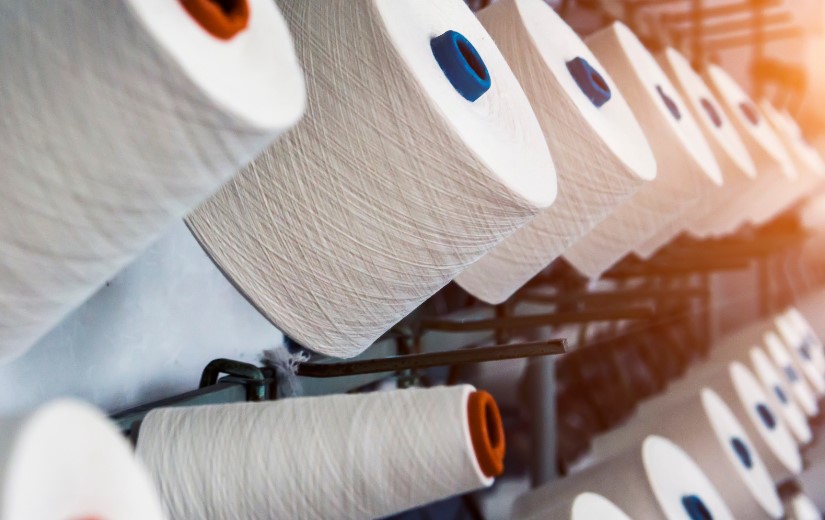Have you ever experienced looking at two seemingly identical 100% cotton t-shirts, only to find that they feel completely different to the touch?
Even when two shirts are made from the same fabric, they can feel remarkably different to the touch.
This phenomenon can be perplexing for many, as one would expect identical fabrics to have the same texture and feel. However, there are several factors that contribute to this variance, making each t-shirt a unique tactile experience.
Understanding Fabric Composition
The composition of fabric begins with the type of fibers used in its construction.
Natural fibers, such as cotton, silk, and wool, differ significantly from synthetic fibers like polyester, nylon, and spandex. Each type of fiber has distinct characteristics that can influence the feel of the fabric.
In addition to natural and synthetic fibers, manufacturers often create fabrics by blending different materials. Blends like cotton-polyester or wool-acrylic can offer the best qualities of each fiber while reducing potential drawbacks. The blending ratio plays a crucial role in the final texture of the fabric.
Fabric Weave

The way the fibers are woven together can also impact the tactile sensation of the fabric. Common fabric weaves include plain weave, twill weave, and satin weave, each with its unique surface texture.
Fabric finishing processes, such as mercerization, calendering, and brushing, alter the fabric’s surface and texture. These treatments can make the fabric smoother, softer, or even add a slight sheen.
Understanding Fabric Weight and Density

Fabric weight refers to the amount of material in a specific area of the fabric. Heavier fabrics generally feel denser and more substantial, while lighter fabrics can be more breathable and airy. The weight can influence the overall comfort and feel of the t-shirt.
Example 1: Pima Cotton T-Shirt
T-shirts made from Pima cotton tend to have a higher fabric weight due to the long-staple fibers used in their construction. The increased weight provides a luxurious and substantial feel, making it a preferred choice for those seeking a more refined and comfortable garment.
Example 2: Organic Cotton T-Shirt
On the other hand, organic cotton, grown without the use of synthetic pesticides and fertilizers, can have a slightly lower fabric weight compared to Pima cotton. Organic cotton t-shirts prioritize eco-friendliness and breathability.
The fabric weight of these different cotton t-shirts can significantly influence the overall feel and comfort of the garments.
Does fabric density affect the durability of a t-shirt?
Higher fabric density (thread count) can contribute to increased durability and longevity.
Are blended fabrics better than pure fabrics?
Blended fabrics can offer a balance of qualities, but it ultimately depends on personal preferences.
Different dyeing and printing methods can affect the texture of the fabric as well. Pigment printing, for instance, can leave a thicker layer of color on the fabric’s surface, potentially altering its feel.
To enhance the softness of fabrics, manufacturers may use chemical treatments and softeners. These additives can significantly impact the tactile experience of the fabric.
Understanding Garment Washing and Care

Some manufacturers pre-wash fabrics before stitching them into garments. Pre-washing helps to remove any residual chemicals, soften the fabric, and prevent shrinkage after purchase.
Garment washing techniques, such as stone washing or enzyme washing, can give t-shirts a worn-in, softer feel. However, these methods might also slightly alter the fabric’s texture.
In conclusion, the seemingly different feel of t-shirts made from the same fabric can be attributed to a combination of factors. From the types of fibers used to the fabric weight, density, and various finishing processes, each element contributes to the unique tactile experience. Understanding these factors can help consumers make informed choices when selecting the perfect t-shirt that suits their preferences.
Can fabric softeners be used to improve the feel of t-shirts?
Yes, fabric softeners can be used, but it’s essential to follow the care instructions to avoid damaging the fabric.

